In the world of high-precision electronic and mechanical devices, unexpected problems such as Contact Oxidation and Weak Pressure can severely impact overall product performance and end-user satisfaction. Many OEM and ODM partners are beginning to realize that these two seemingly unrelated issues may, in fact, be closely connected. Understanding how electrical contact quality can influence mechanical output like pressure stability is critical for improving the durability and reliability of modern devices.
Contact Oxidation refers to the formation of an insulating oxide layer on metallic contact surfaces, typically resulting from exposure to oxygen, humidity, or contaminants over time. In battery-powered or electrically actuated devices, contact oxidation can occur at the battery terminals, PCB connectors, motor brushes, or micro-switches.
As oxidation builds up, the electrical conductivity at these points decreases, leading to increased resistance and inconsistent power delivery. This seemingly minor issue in the electrical system can ripple through the device’s operation—ultimately affecting mechanical systems that depend on stable electrical input to function correctly.
Weak Pressure occurs when a device fails to generate or maintain its intended mechanical force—such as air pressure, water pressure, or hydraulic pressure. In consumer appliances like water flossers or industrial sprayers, weak pressure translates to reduced performance, ineffective operation, and user complaints. In many cases, manufacturers trace weak pressure back to pump failures, valve leaks, or blocked nozzles. However, the role of electrical system health—including Contact Oxidation—is often overlooked.
So, how can Contact Oxidation result in Weak Pressure? The answer lies in the interplay between electrical resistance and mechanical output:
In these ways, Contact Oxidation indirectly but significantly results in Weak Pressure performance issues.Company web:https://www.powsmart.com/product/electric-toothbrush/
Certain design or environmental conditions can make devices more prone to both Contact Oxidation and the resulting Weak Pressure:
To prevent Contact Oxidation from leading to Weak Pressure, B2B manufacturers should take proactive measures during design and production:
For many B2B device manufacturers, the link between Contact Oxidation and Weak Pressure remains an underappreciated but critical design factor. Ignoring the electrical health of internal systems can lead to mechanical failure modes that are costly to diagnose and correct in the field.
By prioritizing oxidation-resistant design and ensuring clean, stable electrical contact points, OEM and ODM partners can not only prevent Weak Pressure issues but also extend the operational life and reliability of their products—resulting in higher customer satisfaction and lower return rates.Contact us
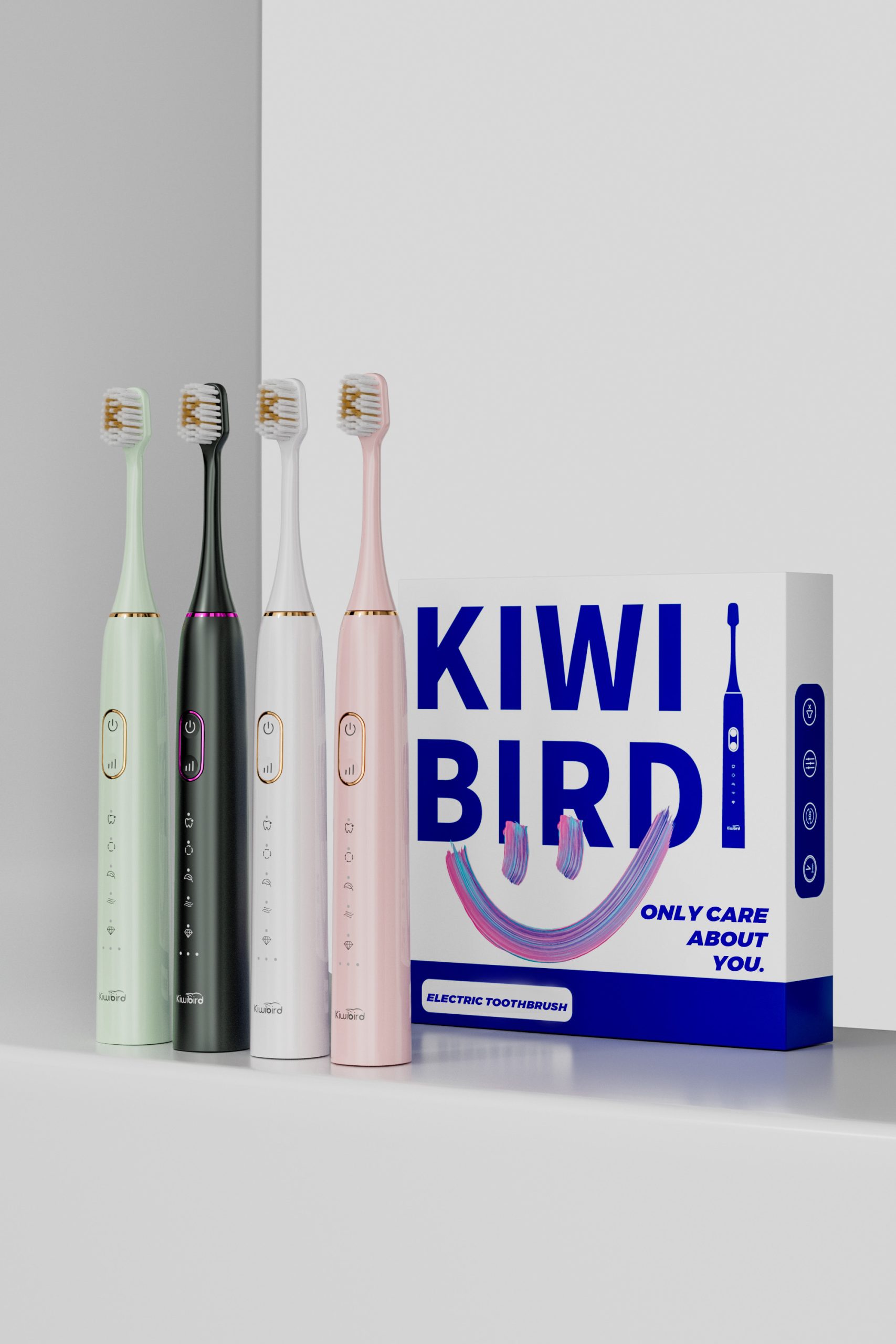
.jpg)
Rechargeable Sonic Toothbrush Wholesale | High-Performance Oral Care Supplier

Does POWSMART Sonic Brush OEM Pose Overheating Risks?
.jpg)
Smart Toothbrush Private Label: Build Your Brand with OEM Support
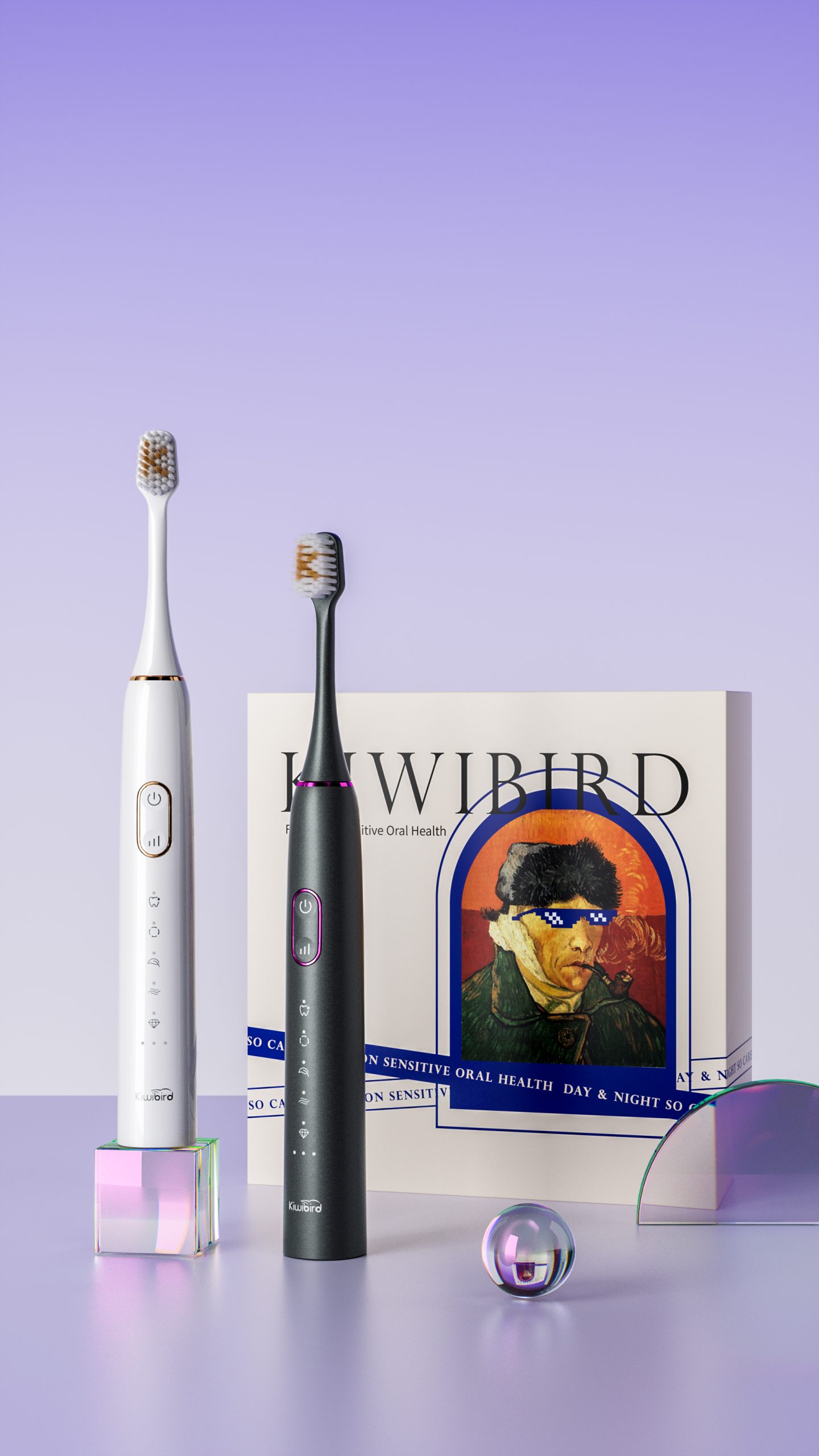
Does Non-Toxic Kids Brush OEM Risk Child Safety?

Kids Water Flosser Age Guide: When to Introduce and How to OEM the Right Product

Is 3% Hydrogen Peroxide Strong Enough to Whiten Teeth? An OEM Manufacturer’s Insight
Professional Sonic Toothbrush OEM
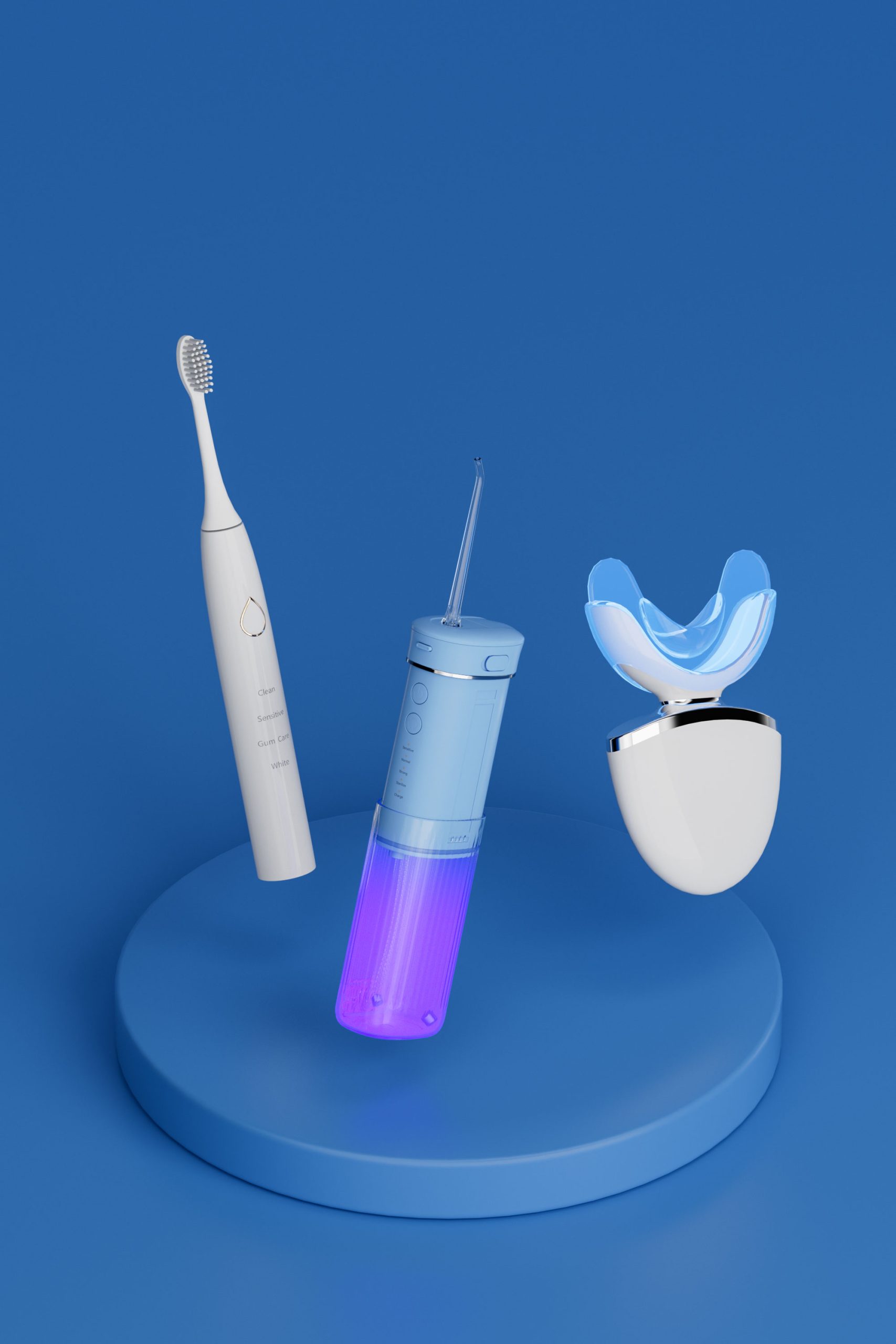
Moldy Water Flosser Tank? It Harms Users and Your Brand Reputation
How Do Bristle Deformation and Nozzle Clogging Affect Oral Cleaning?
Hospital Use Electric Toothbrush Bulk Supply | Professional Dental Hygiene Solution
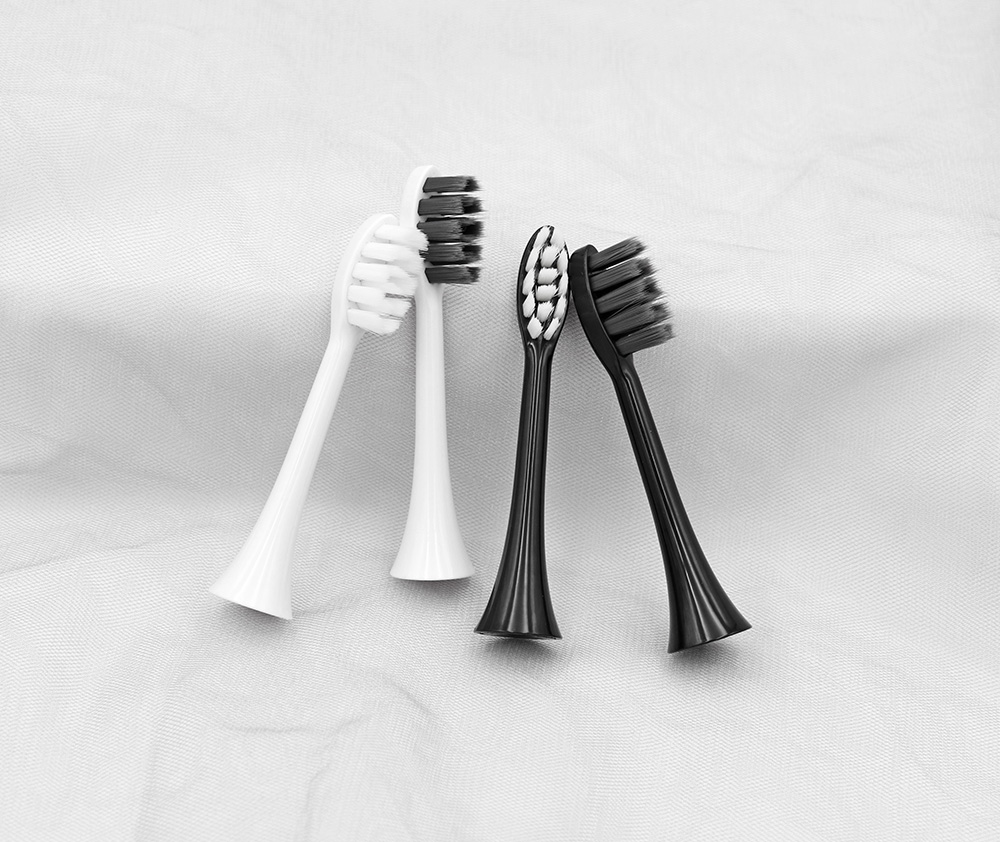
How Do Toothbrush Custom Packaging Solutions Enhance a Dental Toothbrush Supplier Network?
Do Vibration Weakening and Circuit Short Increase Risks?
Electric Toothbrush vs Manual – Benefits for Oral Health and Efficiency
High-Performance Electric Toothbrush for Braces – Bulk Supply for Dental Clinics
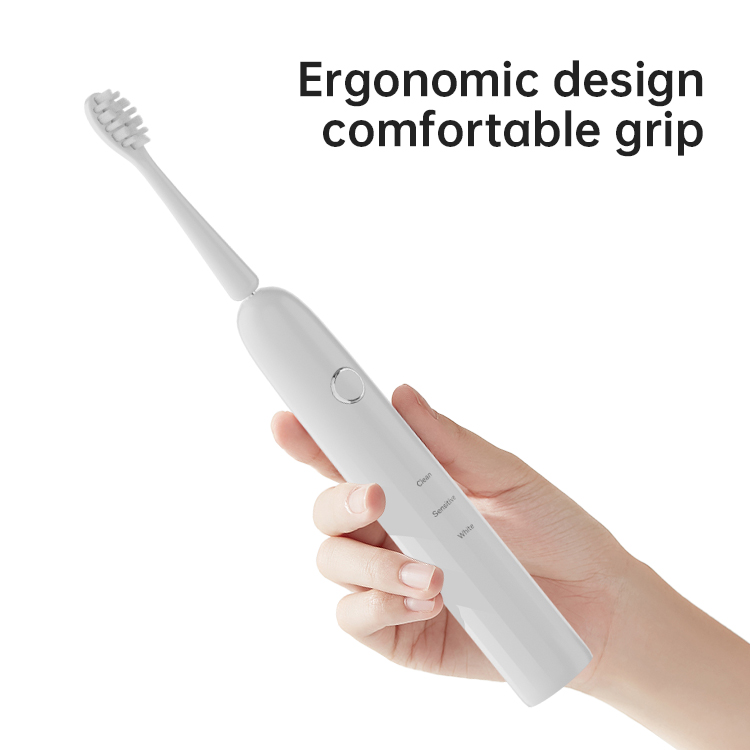
How Can Toothbrush OEM Manufacturing Services Boost Your Custom Toothbrush Branding Strategy?

Custom Smart Toothbrush Sourcing from China – A Buyer’s Guide

electric toothbrush heads Ultra Soft
.jpg)
Florida Electric Toothbrush – Powsmart PTR-C8

Electric toothbrush heads Charcoal Infused-Diamond

electric toothbrush heads Regular Clean

electric toothbrush heads Charcoal Infuse-Round

Customization Teeth Whitening Gel

electric toothbrush heads Deep Clean

Private Label Whitening Gel
whstapp
whstapp
National Toll-Free Service Hotline
+86 755 86238638